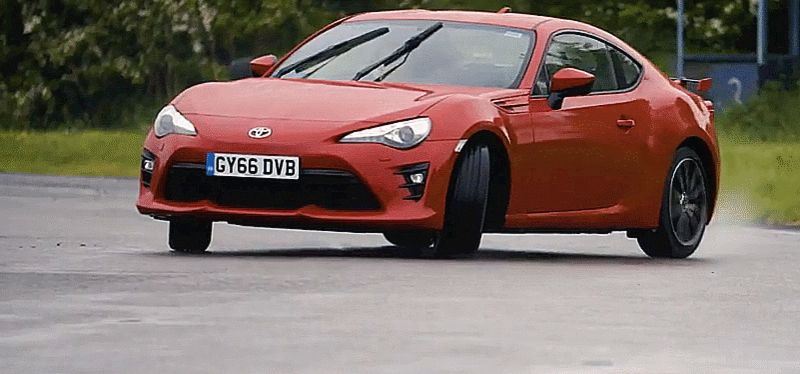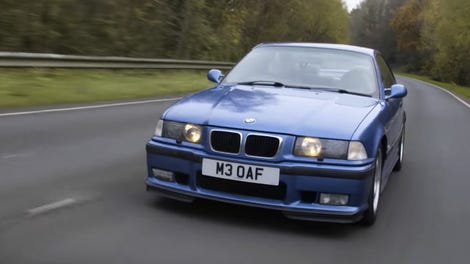
“Understeer” and “oversteer” and terms we hear and use a lot in the automotive community, and sometimes actually encounter behind the wheel. If you’re not completely sure what these words really mean and you’re too embarrassed to ask or admit you don’t understand physics, don’t worry. Just watch this.
Our English friends over at CarThrottle are consistently pretty good at simplifying and demystifying all things automotive, and this breakdown of the differences between understeer and oversteer, what they feel like, what to do if you find yourself in either situation and how to avoid them, is one of the best and most idiot-proof explainers I’ve seen.
Since you’re about to watch the video, I’ll let the reassuring confidence of Alex’s English accent do the bulk of explaining. Basically, “understeer” is when you’re trying to turn but the car wants to go straight, and “oversteer” is when the car’s ass end tries to pass its headlights.
Advertisement
Front-wheel drive cars tend to fall victim to understeer because their front wheels are being taxed with the tasks of both propelling and steering the vehicle. That puts a lot of load on the front tires, which can become overwhelmed and give up, sending you straight into a tree when you try to turn.
Oversteer can rear its head when you take a rear-wheel drive car into a corner too hot, or lift off the gas too quickly in a front-drive car.
Advertisement
Sponsored
The key to saving yourself from either situation, really, is to gradually back off the throttle and straighten out, or turn into the skid if you’re oversteering.
Gentle, deliberate movements will be the surest way to regain control of your car regardless of which way you’re sliding, but the video takes you just a tiny bit deeper into everything that’s happening in an oversteer and understeer situation.
















